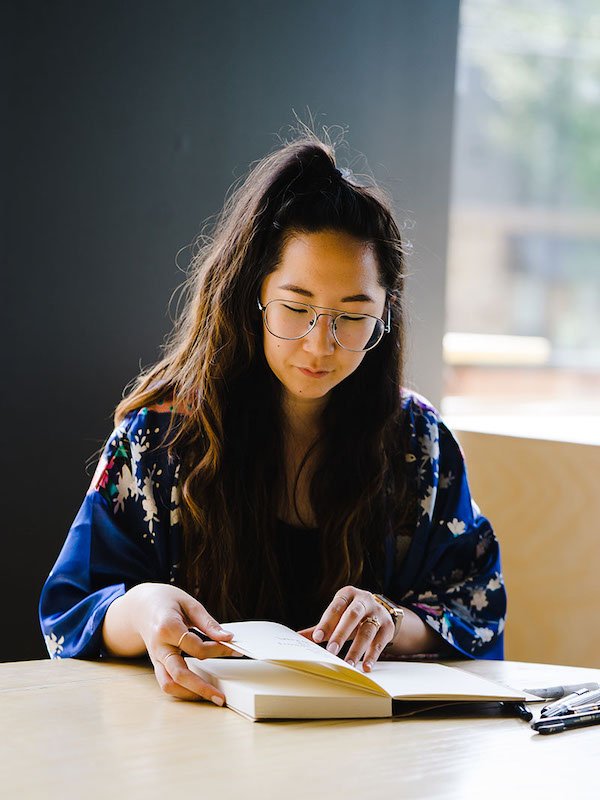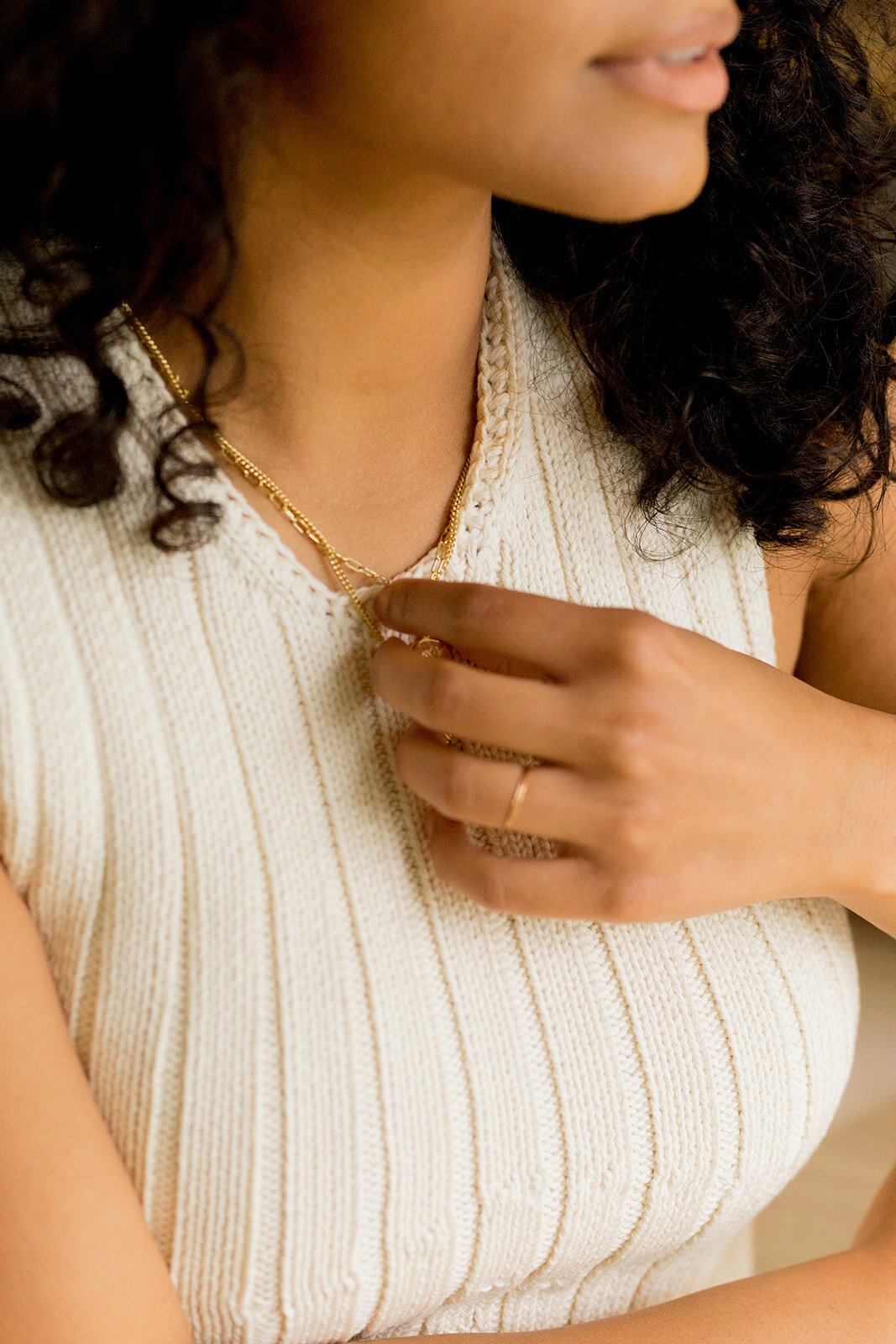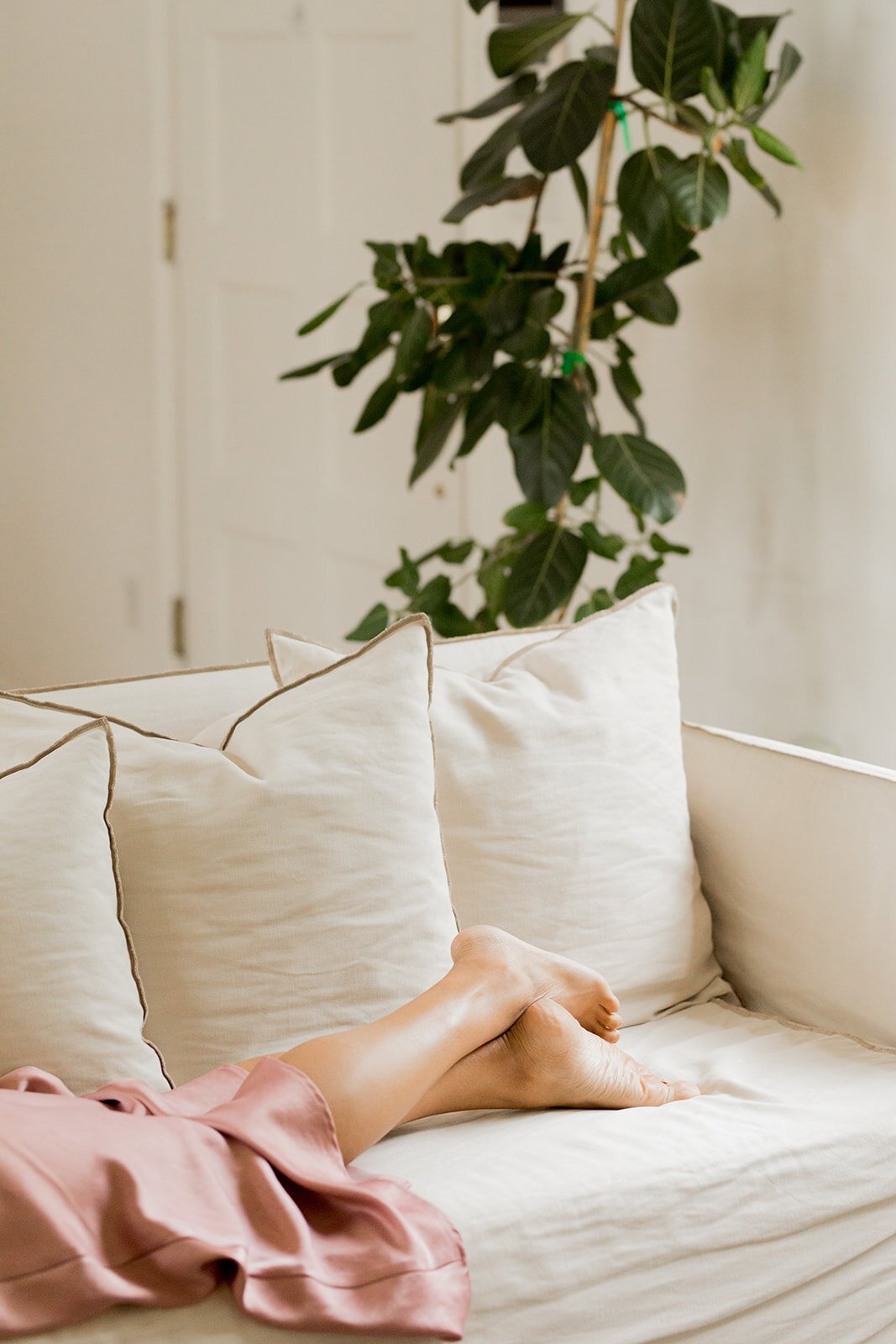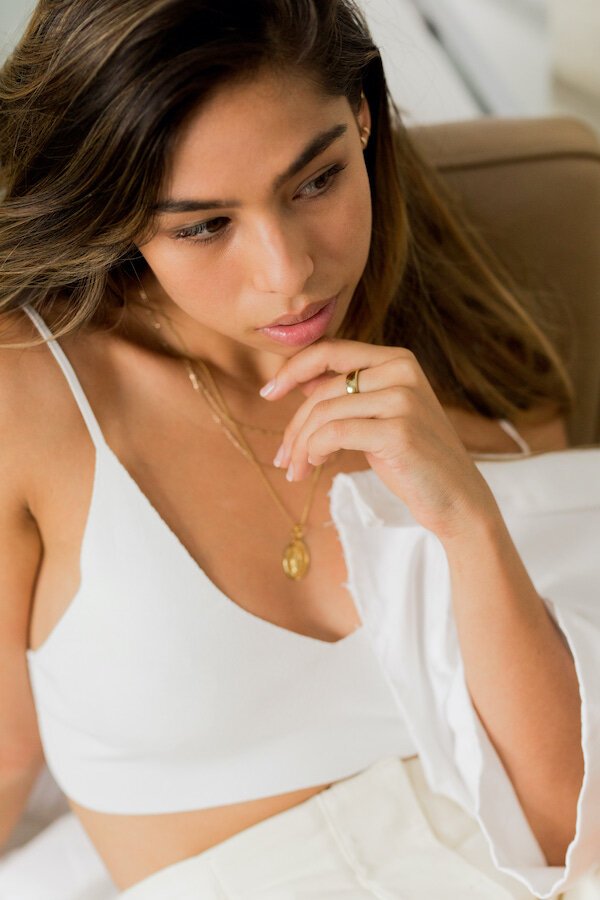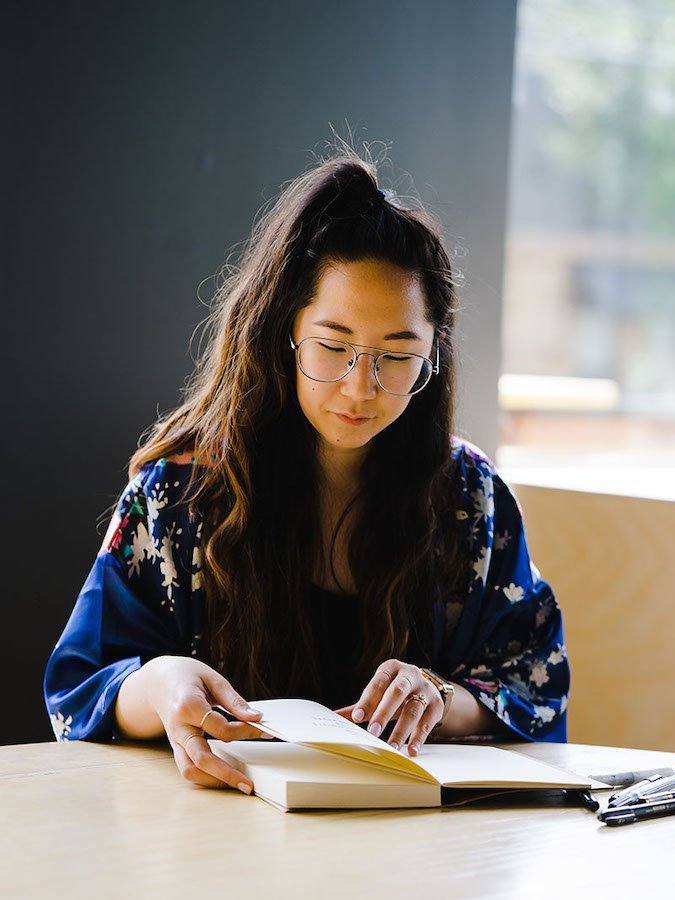
What If Journaling Feels Like A Chore? (Here Are Some Alternatives)
I’m Just Not That Into You—Journaling, That Is
I didn’t always dislike journaling. In fact, on a recent trip home, I panicked when I was unable to find the notebooks I’d written in high school. I was worried I’d thrown them all away in some sort of hormonal teenage rage. (Thankfully, my mom had simply boxed and closeted them in storage 😅.)
Twenty years later, journaling no longer comes naturally to me. And yet, it feels like if I’m ever seeking guidance on improving my mindfulness, developing a hobby, or even tracking my professional growth, I’m hard-pressed to find a suggestion that doesn’t tout journaling as the tippity-top modality. Dotted, lined, wellness, gratitude, five-year, five-minute—the assumption is that there’s a journal for everyone.
“I’m left with a handful of mostly empty notebooks, each filled just a fraction.”
And so I try. Again. To be a journaler. I buy a new notebook, maybe a new pen, and make a promise to myself to write every morning upon waking. When that begins to wane, I shift my intention to every night before bed. Eventually, that slows too, and I’m left with a handful of mostly empty notebooks, each filled just a fraction. What began as an impassioned effort to get better acquainted with myself ends with frustration and pages portraying an inaccurate account of my life. Because when I try to journal, I find myself writing only on bad days; it’s not where I’m naturally drawn to expressing my joy. (Plus, it just hurts my hand, okay?!)
Knowing that a houseplant can purify your home’s air doesn’t automatically make you a green thumb, right? So while I certainly believe all the benefits of journaling to be true, here’s how I’m documenting and reconnecting with myself and my history without it.
Poetry
In the same boxes my mother had moved to the top shelf of her closet were also poems I’d penned between 2000 and 2005—some at the direction of my teachers, others likely alone in my childhood bedroom.
“I’m drawn to the symbolism and ambiguity that comes with writing poetry that only I can understand.”
When I read them back, my brain recalls without effort the music I was listening to at the time, the books I was reading (the influences of Aaliyah and Nikki Giovanni are embarrassingly high!), and the relationships I was navigating with my family, friends, and self.
Though written more abstractly and creatively than the linear language often used in traditional journaling, the words remain a wholly honest record of my life at the time. Their structure makes them no less accurate. They are vulnerable and uninhibited reflections on love, self-esteem, mental health, and more. They are also evidence of the growth I’ve made since—or lack thereof 😳—and re-reading them feels like getting to know myself more intimately, especially the forgotten parts. The ones softened and hardened by adulthood.
Private by nature, I’m drawn to the symbolism and ambiguity that comes with writing poetry that only I can understand. And after feeling disconnected for years from the well-intentioned articles, essays, and tip lists that tout traditional journaling as an essential approach, nothing encouraged me faster to return to inscribing as a form of expression than reading my own figurative language back to myself.
Instagram Archive
The detrimental effect social media can have on our mental health is not lost on me. However, when I use Instagram as a tool of self-expression rather than one for external affirmation, it becomes an unparalleled archive of its own. For me, the visual element, often missing from conventional journaling, makes all the difference.
“The visual element, often missing from conventional journaling, makes all the difference.”
A seeker of (and sucker for) aesthetic, my Stories feel like a digital scrapbook, an emotive but impulsive curated collection of the fashions and foods I love, the art and designs that strike me, the songs that soundtrack particular moments in time. They are also records of my mundane daily life and the more experiential occasions: concerts, weekend getaways, and the like. There are absurdly amusing memes, romantic nods to nostalgia, the occasional selfie.
Though these Stories disappear from my “followers” after 24 hours, I have infinite access to them in the Archive, an Instagram setting I’ve grown so grateful for.
I find myself opening this tech-y treasure trove when in need of a confidence boost, wanting to relive a beloved and blissful moment, or trying to jog my memory for a particular date. There they are—my ideas, emotions, and “eye,” compiled in the same order they were first felt. A chronological capturing. Without using any words, I can easily pinpoint when I was reeling from and reacting to the news of yet another Black human wrongfully killed by police or to the passing of yet another law that threatens women’s rights. This Archive records history better than any journal I’ve ever kept.
“It feels like an invitation into, and visual interpretation of, my identity.”
The deep dives allow me to witness my taste, style, sense of humor, emotions, and, maybe more importantly, how they may or may not have changed since first shared. Altogether, my Archive feels representative of a woman who sees herself in several cultures—pop, ethnic, and otherwise. It feels like an invitation into, and visual interpretation of, my identity.
Photography
At the end of 8th grade, I made my own makeshift yearbook. It was a classic Mead composition notebook full of disposable pictures I’d taken over the last several months of my friends, favorite teachers, and the rest of the graduating class. I’d gotten the photos developed at my local CVS, glued them to the flimsy lined pages, and added dates and captions. It made its way around school and returned to me with lots of sweetly signed messages and phone numbers to landlines. The reaction was a spirited one, a shared joy and gratitude for a more candid alternative to the sanitized, school-issued yearbook we’d all already received.
“It has taken me years to recognize my early inclination toward photography as a source of self-reflection.”
By the time I was in my 20s, I was carrying a digital camera around my wrist to New York nightclubs (and, sadly, lost several because, well, alcohol). This year, for my birthday, I bought my first 35mm camera off eBay and took it with me on a drive to Mexico, learning on the way how to use a manual focus properly.
It has taken me years to recognize my early inclination toward photography as a source of self-reflection. Looking back, I’m intrigued by how I perceived my subjects, be they human, object, or the natural world. I wonder why I composed the framing that way, how I might do it differently now, and if I’d still even be interested or if something more nuanced or grandiose would have captured my attention instead. Answering these questions might take more critical thinking than thumbing through an old journal entry, but it can be just as revealing.
For artists who work with their hands, it might be how they’ve chosen to craft something—the materials used, the colors selected—that serves as their timestamp. Like a personalized zeitgeist. For you, it could be something else entirely.
There are so many ways to both record and reflect upon the lives we’ve led and plan to lead. And doing so can be meaningful; it can help inform how we move about, interact with, and understand ourselves and the world around us. But I’d argue that finding the approach that feels most authentic to you—rather than imposed—will, when the time comes, result in the most honest assessment of all. And isn’t that the point?
Danielle Cheesman was born and raised in New Jersey, where she lived until moving to Philadelphia to study journalism at Temple University. She has spent her years writing and developing editorial visions for music, art, and lifestyle brands. Now residing in Los Angeles, you can usually find her taking pictures, making playlists, or cuddling her pup. Say hi on Instagram!
